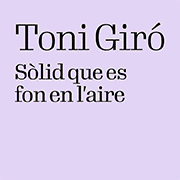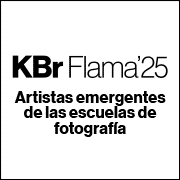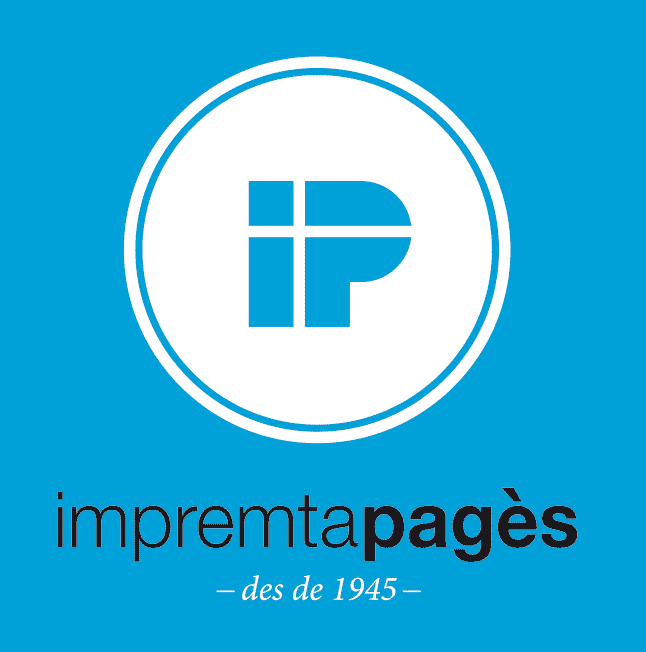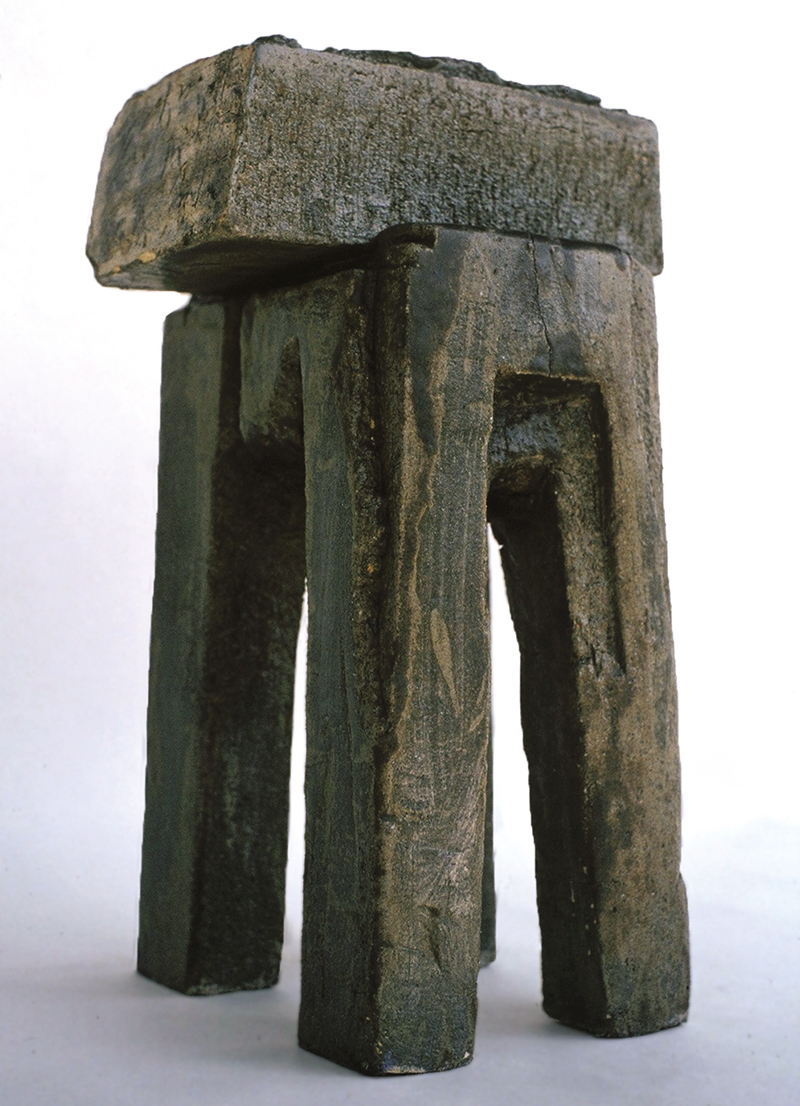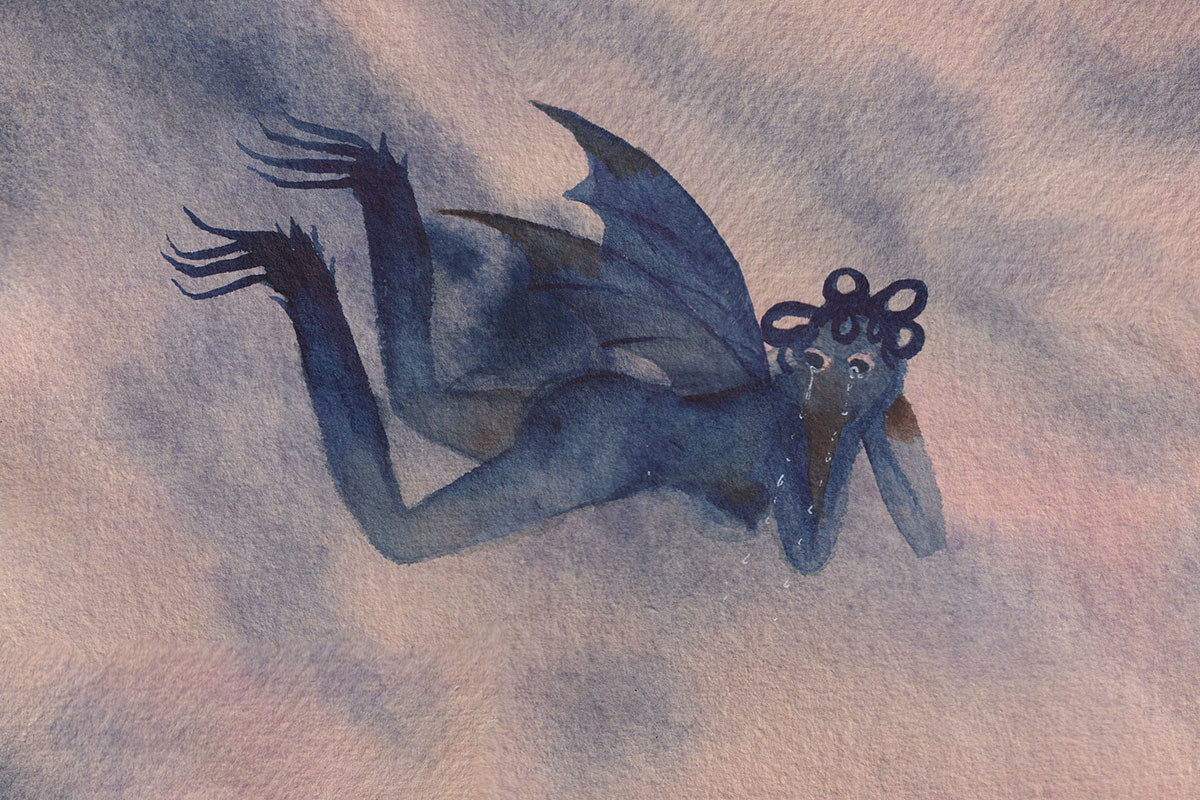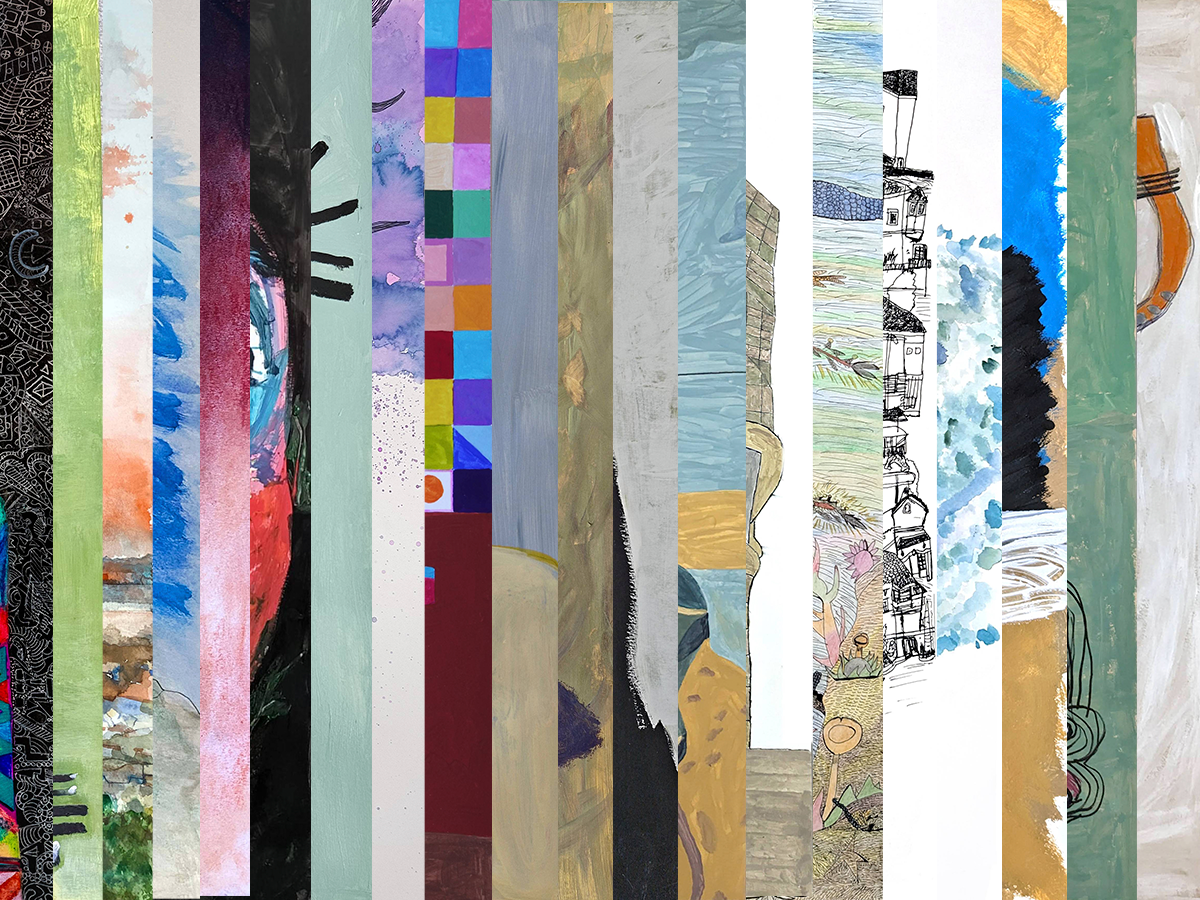Exhibitions
Esther Ferrando and the labyrinths of memory
An exploration, with poetry and criticism, of the forgotten stories in Les Golfes de Casa Canals.
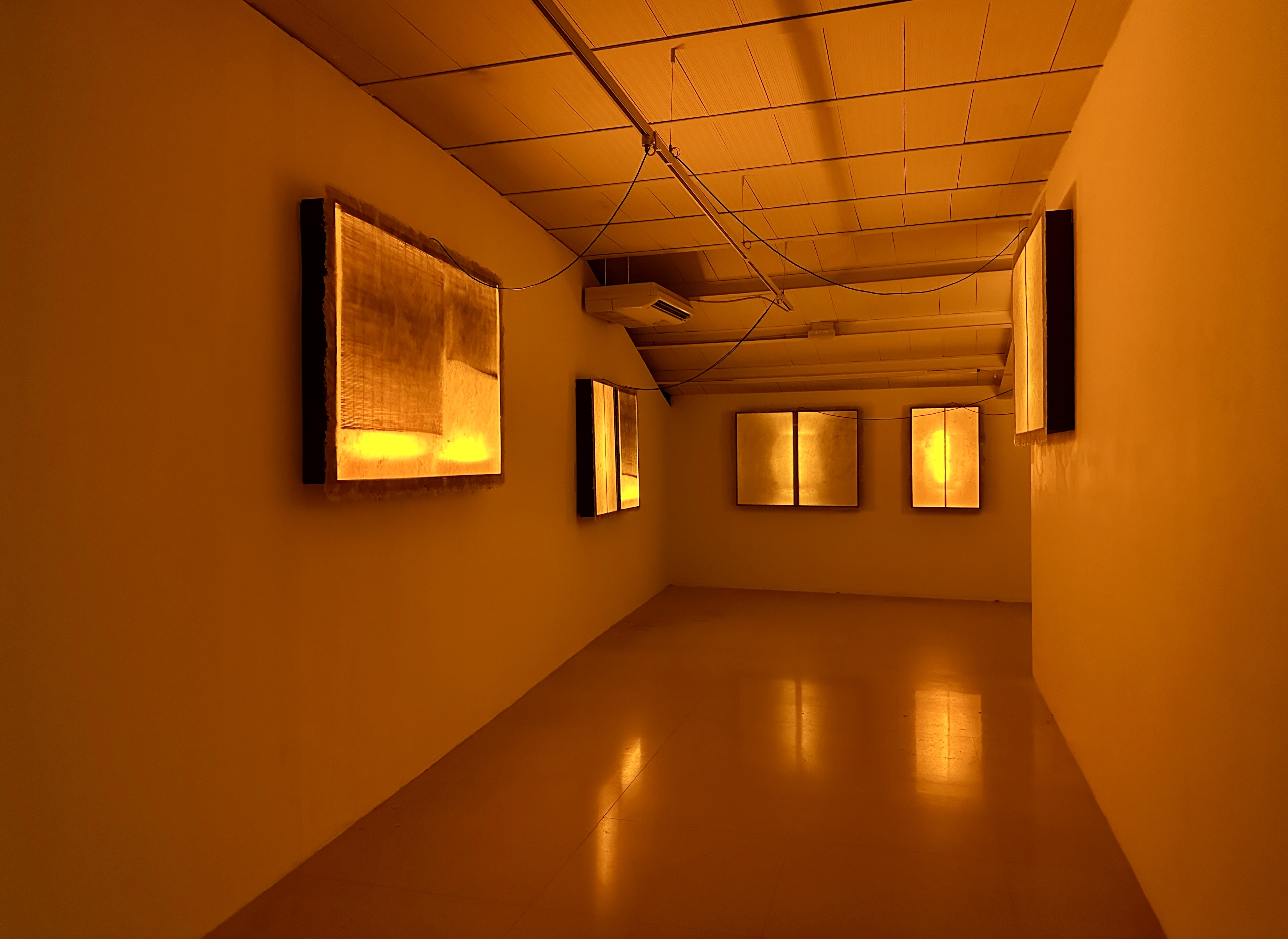
Ester Ferrando presents Inventar_iar. La vida que ne pase a Les Golfes de Casa Canals del Mèdol, a proposal that invites us to rediscover —and question— the stories of the past that we believe are ours. The artist opens the Casa Canals warehouse and guides us through its corridors to inhabit the labyrinths of memory, our own or others', personal or collective, appropriating the junk of others, second-hand stories that mix with theirs, with ours. With a poetic and critical gaze, Ferrando rescues abandoned material lives, objects condemned to darkness that re-emerge loaded with meaning —or ambiguity—, reminding us that remembering is not always revealing, but also illuminating and obscuring at the same time. The exhibition, curated by Joana Hurtado Matheu, can be visited until August 24.
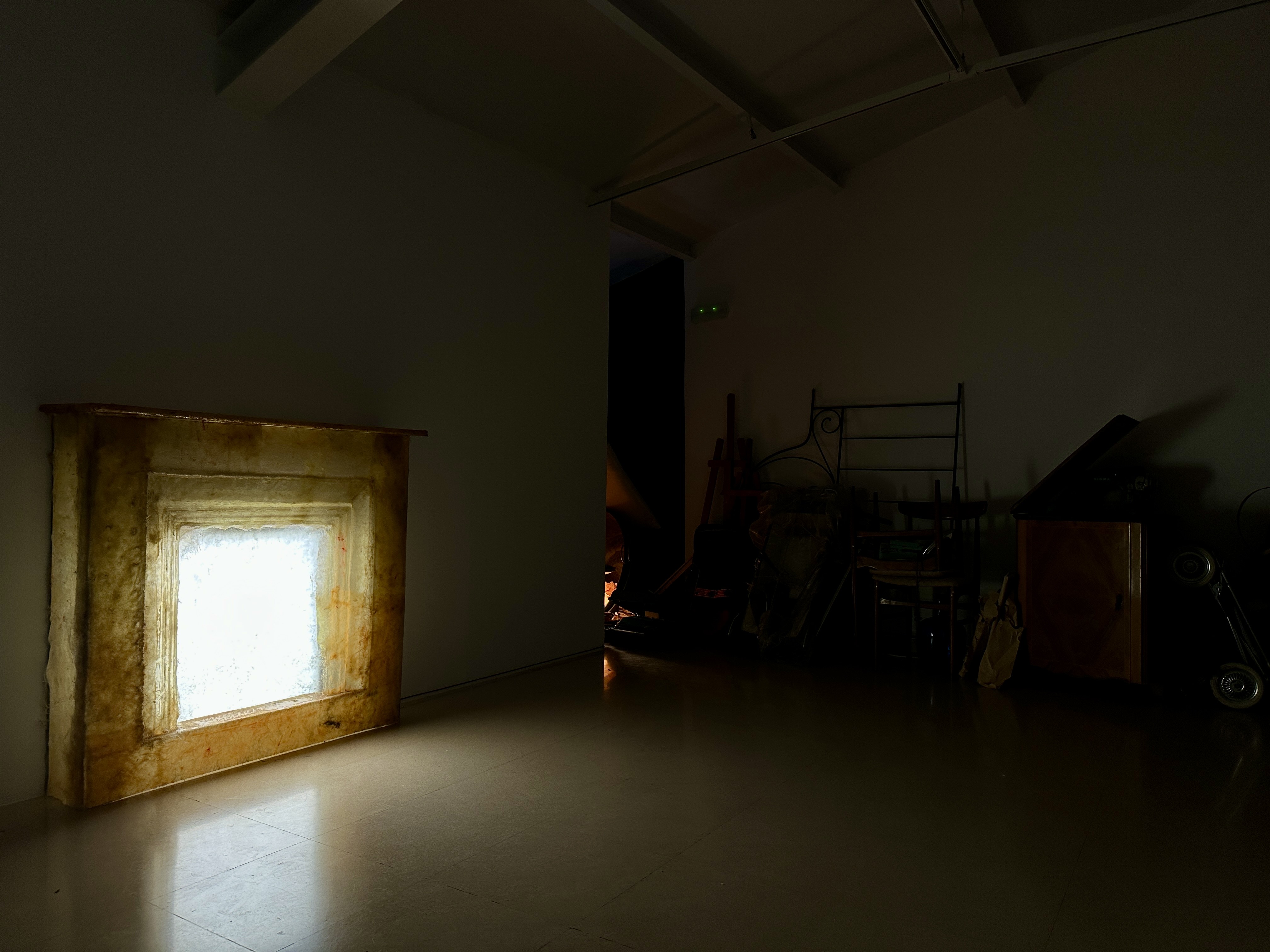 'Inventar_iar. La vida que no passa', Esther Ferrando. © Vilaniu Comunicació
'Inventar_iar. La vida que no passa', Esther Ferrando. © Vilaniu Comunicació
A graduate in fine arts, Ferrando has a wide career, with a consolidated body of work of a very personal nature. Most of her works are installations, in which she uses the most diverse materials: glass, iron, stainless steel, resins, alabaster, etc., which she usually combines with image projections and sound elements. From the very beginning, there are two elements that have had a constant presence in her career: water and light. The first, partly linked to her memory, her memories, her everyday life, the daily showers, or the brass books of her childhood. On the other hand, water in her production is linked to a certain ritual character, which communicates to the viewer a sensation of silence, of purification. Light also takes on a starring role, masterfully combined, initially with the transparent glass balls in the brass books, later transmuted into large polyester tubs that let it shine through. Thus, the game that is established with the combination of these elements —water, glass, light, reflections, transparencies— manages to create a magnificent plastic effect, full of poetry. This combination of elements often endows the spaces in which it is exhibited with a special, sometimes almost sacred, character. As the artist points out, his proposals have been designed for a specific space, a characteristic of the installations, which due to their uniqueness end up shaping the work. His latest exhibition at the Reus Reading Center, Segueix el camí de les rajoles daurades, has represented a significant change in his creative process. The artist presented us in the middle of the room an eight-meter-long staircase made of fiberglass that let the golden light shine through, a staircase that led nowhere, with which he achieved a very rich effect, both visual and in readings associated with the symbolism of the golden light and the staircase that we find in many cultures of the earth.
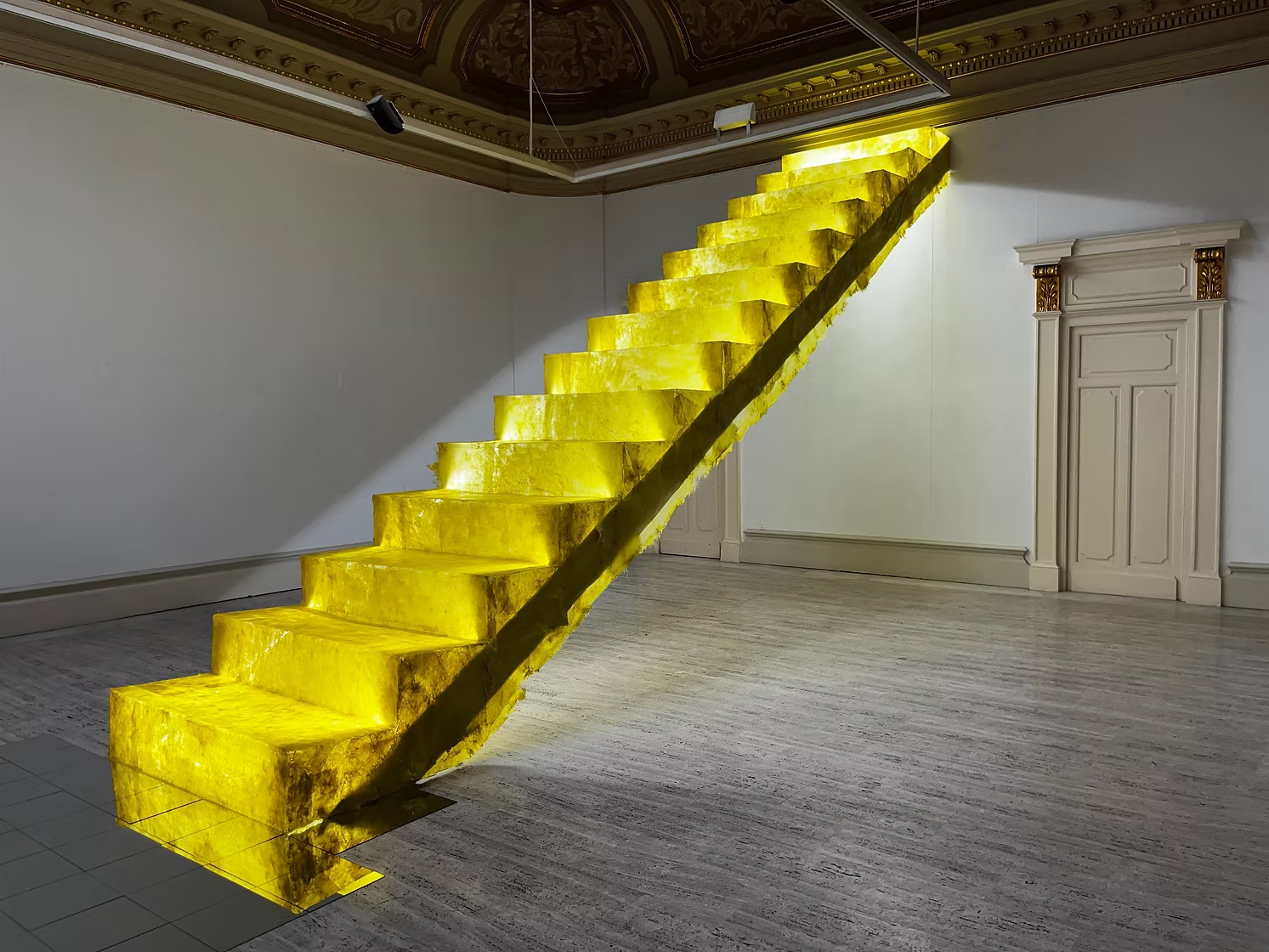 Segueix el camí de les rajoles daurades, Esther Ferrando. Centre de Lectura de Reus
Segueix el camí de les rajoles daurades, Esther Ferrando. Centre de Lectura de Reus


